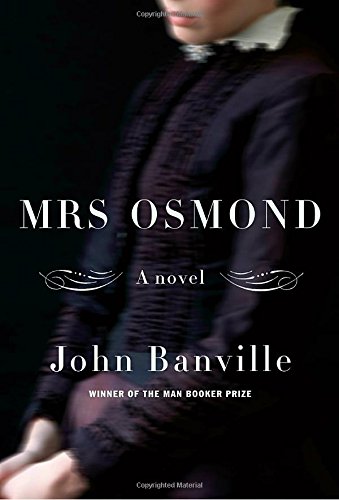Mrs. Osmond
Isabel Osmond (née Archer) has disobeyed her husband, Gilbert, and left Rome to visit her dying cousin in England. After the funeral, friends urge Isabel not to return to Gilbert, whose cruelty and deceit have ruined any hope of happiness with him. But she goes anyway.
To pen a sequel to a Henry James masterpiece, The Portrait of a Lady—for Mrs. Osmond is that—requires a bold, confident hand and a finely perceptive eye. Only a writer as experienced and gifted as John Banville would even attempt it. Not only has he captured the Jamesian style, discursive, loop-the-loop sentences that end dead center in observed truth; but, like the master, Banville derives intense feeling from a gesture or an inflection of voice. As with the original, what’s left between the lines often means more than what is said, and the story takes second place to the characters.
But to call Mrs. Osmond imitation James would sell it short. Where James focuses on loss of innocence, a cherished theme, Banville emphasizes Isabel’s masochism, so deep and relished that it amounts to vanity. Her dutifulness can be irritating, but it’s painful too, since Gilbert Osmond must rank among the most odious husbands in literature, a man who abuses those around him through controlled, quiet disdain. But how Isabel steels herself to confront him, trying to figure out who she is and what she wants and deserves, makes a gripping inner journey. Naturally, the meeting with Gilbert does not go as either of them expects.
Mrs. Osmond is a treat for readers of literary fiction who admire rich prose, depth of character, and psychological insight; the historical background is that of 19th-century upper-class manners and mores.










